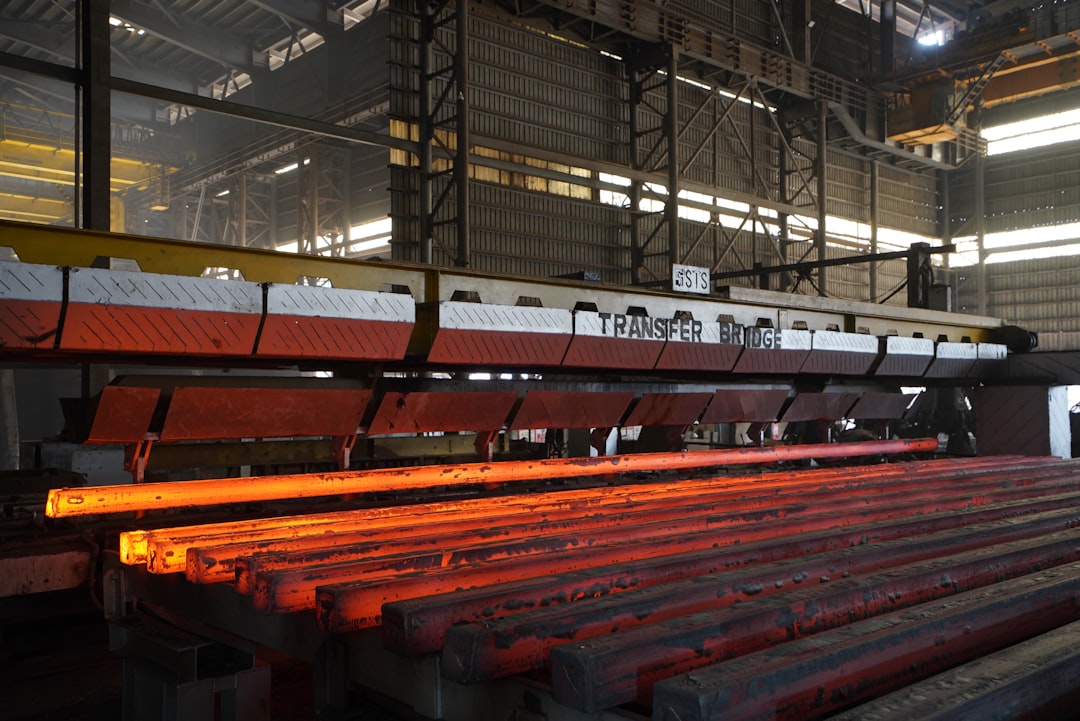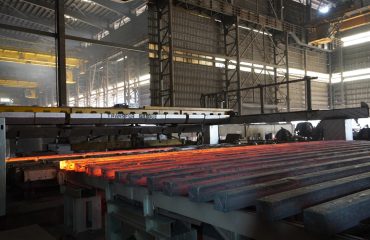The steel industry, traditionally a significant energy consumer, is undergoing a dramatic transformation. Driven by environmental concerns and the need for sustainable practices, the focus is shifting towards energy-efficient steel products and production methods. This shift promises a greener future, reducing carbon emissions and promoting a more sustainable built environment. This blog post delves into the key aspects of this exciting development.
1. The Energy Footprint of Traditional Steelmaking: Understanding the Challenge
Traditional steelmaking, primarily using the blast furnace-basic oxygen furnace (BF-BOF) route, is an energy-intensive process. It relies heavily on coking coal, a fossil fuel, for reducing iron ore and generating the high temperatures needed for steel production. This process releases significant amounts of greenhouse gases, primarily carbon dioxide (CO2), contributing substantially to global warming. Furthermore, the energy used in transporting raw materials and finished products adds to the overall environmental impact. Understanding this substantial energy footprint is crucial to appreciating the advancements in energy-efficient alternatives.
Beyond CO2, the traditional process also generates other pollutants, including particulate matter and nitrogen oxides, impacting air quality and potentially human health. The high energy demand also translates to significant costs for steel producers, making the pursuit of energy efficiency a compelling economic, as well as environmental, imperative.
2. Innovative Steelmaking Technologies: Paving the Way for Green Steel
Several innovative technologies are emerging to address the energy challenges of steelmaking. Electric arc furnaces (EAFs) are gaining prominence, utilizing scrap steel as their primary raw material. EAFs significantly reduce reliance on coking coal, leading to lower CO2 emissions. The efficiency of EAFs can be further enhanced through the use of renewable energy sources to power the electric arc, creating a truly sustainable steel production process. This transition towards electric steelmaking is a major step towards decarbonizing the industry.
Hydrogen-based steelmaking is another promising technology. Hydrogen can be used as a reducing agent in place of coking coal, significantly reducing CO2 emissions. However, the widespread adoption of hydrogen-based steelmaking requires advancements in hydrogen production using renewable energy sources, such as electrolysis powered by wind or solar energy. Research and development are actively focusing on making this technology economically viable and scalable.
3. Recycled Steel: A Sustainable Solution for Energy Efficiency
Recycling steel is a highly energy-efficient process, requiring significantly less energy than producing steel from raw materials. Using recycled steel reduces the need for iron ore mining and processing, minimizing the associated environmental impacts. Furthermore, recycling steel reduces the demand for virgin materials, conserving natural resources and reducing landfill waste. The steel industry is increasingly embracing scrap steel as a valuable resource, driving the development of EAF technologies and promoting circular economy principles.
The quality of recycled steel is constantly improving, enabling its use in a wider range of applications. Advancements in steel recycling technologies are also improving efficiency and reducing energy consumption in the recycling process itself. The promotion of steel recycling programs and infrastructure is crucial to maximizing the environmental benefits of this sustainable approach.
4. Energy-Efficient Steel Products: Designing for Sustainability
The development of energy-efficient steel products goes beyond the production process. It encompasses the design and application of steel in ways that minimize energy consumption throughout the product’s lifecycle. This includes optimizing steel sections for structural applications to reduce material usage, designing buildings with improved thermal performance, and developing lighter-weight vehicles to enhance fuel efficiency. These design considerations contribute significantly to the overall sustainability of steel products.
The use of high-strength steels allows for the production of lighter and stronger components, leading to energy savings in transportation and construction. Furthermore, advancements in coatings and surface treatments enhance the durability and longevity of steel products, reducing the need for frequent replacements and extending their lifespan.
5. The Future of Green Steel: Collaboration and Innovation
The transition to a truly sustainable steel industry requires a collaborative effort involving steel producers, researchers, policymakers, and consumers. Investment in research and development is crucial to further improve the efficiency of existing technologies and to develop innovative solutions for green steel production. Government policies and regulations can incentivize the adoption of sustainable practices and technologies, driving the transition towards a lower-carbon steel industry. Consumer awareness and demand for sustainable products are also essential drivers of change.
The future of green steel is bright, with ongoing advancements promising a significant reduction in the industry’s environmental footprint. By embracing innovation, collaboration, and sustainable practices, the steel industry is paving the way for a greener future, ensuring the continued use of this essential material while minimizing its environmental impact.
Tags: Green Steel, Sustainable Steel, Energy-Efficient Steel, Recycled Steel, Electric Arc Furnace




